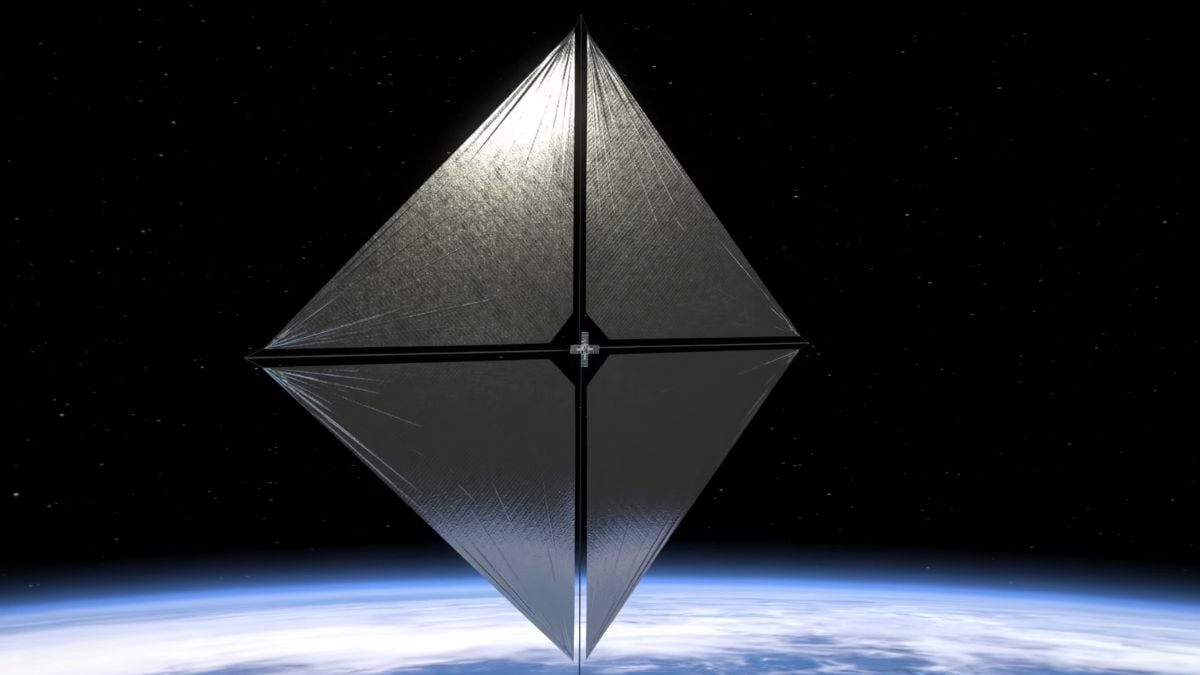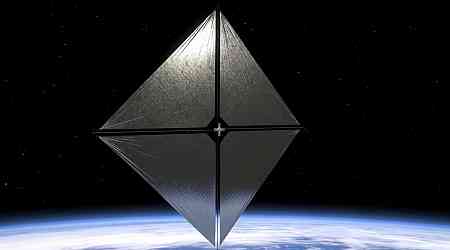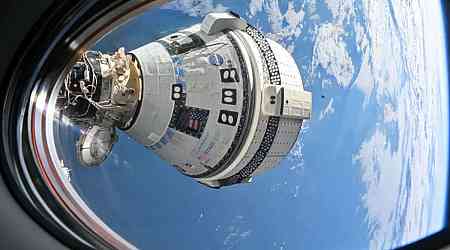After more than four months in space, NASA's Advanced Composite Solar Sail System (ACS3) has successfully deployed its solar sail. The spacecraft, which launched aboard Rocket Lab's Electron vehicle on April 24, reached a significant milestone at the end of August. NASA announced that the mission operators confirmed the sail's full deployment on August 29 at 1:33 pm EDT. The sail, which functions similarly to a traditional sailboat's sail but uses sunlight instead of wind, is designed to harness the momentum of photons to navigate through space.
How the Solar Sail Works
The concept behind the solar sail is simple. Photons, despite having no mass, can exert pressure when they strike an object. The ACS3's sail uses this photon pressure to propel itself in space. The spacecraft is equipped with four cameras to capture a panoramic view of the deployed reflective sail and its composite booms. These cameras are expected to deliver high-resolution images, the first of which should be available on September 4.
Testing the Solar Sail in Space
The next few weeks will be crucial for testing the sail's capabilities. NASA's team will focus on the spacecraft's manoeuvrability by adjusting its orbit. These manoeuvres will help researchers gather valuable data to refine the design and operation of future solar sail missions. Potential applications of this technology include space weather early-warning satellites, reconnaissance missions for asteroids and small celestial bodies, and missions focused on observing the sun's polar regions.
Future Prospects
The ACS3 spacecraft is currently orbiting at an altitude approximately twice that of the International Space Station (ISS). When fully deployed, the sail appears as a square, nearly half the size of a tennis court, covering an area of around 860 square feet (80 square metres). The successful deployment marks a promising step towards the future use of solar sails in various space missions.
































